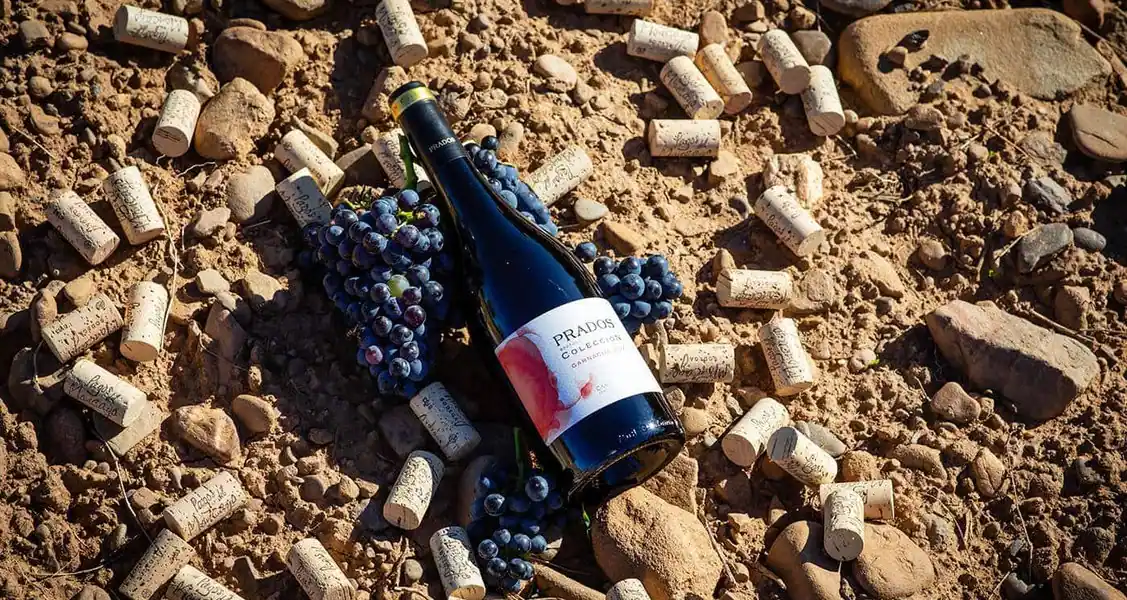In the world of wine, where every sip tells a story of the land, the concept of terroir reigns supreme. Terroir encapsulates the intricate connection between geography, climate, and soil, shaping the character and flavor of wines in ways that captivate connoisseurs and novices alike. This article delves into the fascinating lesson that wine imparts about terroir, uncovering the geographical nuances that make each bottle a unique expression of its origin.
Terroir Unveiled: A Symphony of Soil and Climate
Terroir, a French term translating to “land” or “soil,” encompasses the environmental factors that influence a grape’s growth and, consequently, the characteristics of the wine it produces. It’s a holistic concept that goes beyond mere geography, intertwining soil composition, climate, elevation, and even the orientation of the vineyard to the sun. To truly understand terroir is to embark on a sensory journey that explores the very essence of a region.
The Dance of Soil: Understanding Terroir through Earth’s Palette
One of the primary contributors to terroir is the soil in which the vines take root. Different regions boast diverse soil compositions, ranging from limestone and clay to gravel and volcanic rock. These geological variations impart distinct flavors and aromas to the grapes, leaving an indelible mark on the wine they produce.
For instance, wines from limestone-rich soils often carry a mineral undertone, providing a crisp and structured profile. In contrast, grapes grown in volcanic soils may yield wines with a hint of smokiness and robustness. The terroir lesson here is clear: the earth beneath our feet is a crucial determinant of the liquid poetry in our glasses.
Climate Chronicles: How Weather Shapes Wine Personality
Climate, another pivotal element of terroir, acts as a guiding force in the life cycle of the grapevine. From the amount of sunlight to temperature fluctuations and rainfall, each climatic factor plays a role in determining the grape’s sugar content, acidity, and overall ripeness.
Cool climates, such as those found in the renowned wine regions of Burgundy or Oregon, tend to produce wines with higher acidity and delicate fruit flavors. On the other hand, warm climates, like those in Napa Valley or South Australia, often yield wines with ripe, bold fruit characteristics. Understanding the interplay between climate and wine is akin to deciphering the subtle notes of a symphony composed by nature.
Elevation Elevation: The Altitude Advantage
Terroir extends beyond the surface, reaching new heights—quite literally. The elevation of a vineyard influences temperature, sunlight exposure, and atmospheric pressure, all of which contribute to the unique personality of the wine. Vineyards nestled on mountainsides or high plateaus may produce wines with a vibrant acidity and pronounced aromatics, thanks to the stress the vines endure in their quest for sunlight and sustenance.
Wine and Geography: A Global Exploration of Terroir
As we traverse the globe through glasses filled with the nectar of the vines, we encounter a myriad of terroirs that tell tales of their respective landscapes. The old-world charm of European vineyards imparts a sense of tradition, with French Burgundy showcasing the elegance of Pinot Noir, and the rugged terrain of Italy’s Chianti region giving birth to robust Sangiovese.
Venturing into the new-world territories, the sprawling vineyards of Napa Valley produce opulent Cabernet Sauvignons, while the high-altitude vineyards of Argentina’s Mendoza region craft Malbecs with a distinctive flair. Each sip becomes a passport, allowing us to traverse the diverse landscapes that have shaped these wines.
WritePaperForMe: Crafting Terroir-Infused Knowledge
In the pursuit of unraveling the complexities of terroir, students and enthusiasts alike may find themselves navigating the intricacies of geography, geology, and climatology. For those seeking to articulate the lessons learned about terroir in academic papers or creative projects, the plea “WritePaperForMe” resonates as a call for expert guidance.
WritePaperForMe, a reliable academic writing service, understands the importance of crafting well-researched and eloquent papers that encapsulate the essence of wine and geography. Their expertise extends beyond traditional subjects, providing valuable assistance to those exploring the intricate relationship between terroir and the world of wine.
startmotionmedia: Visualizing Terroir through Multimedia Mastery
Terroir isn’t just a tale told through taste; it’s a visual and sensory symphony waiting to be explored. Enriching the lesson in terroir, startmotionmedia, a leader in multimedia production, can bring the geographical intricacies of wine regions to life. Through captivating videos, animations, and interactive content, startmotionmedia helps convey the beauty of terroir in a way that transcends traditional learning methods.
In conclusion, the lesson in terroir unfolds as a geographical journey through the intricate landscapes that cradle vineyards worldwide. As we sip and savor, we become students of the land, decoding the messages embedded in each bottle. Terroir, the silent maestro, orchestrates a symphony of soil, climate, and altitude, transforming every vineyard into a unique classroom where wine and geography harmonize in a timeless dance.
